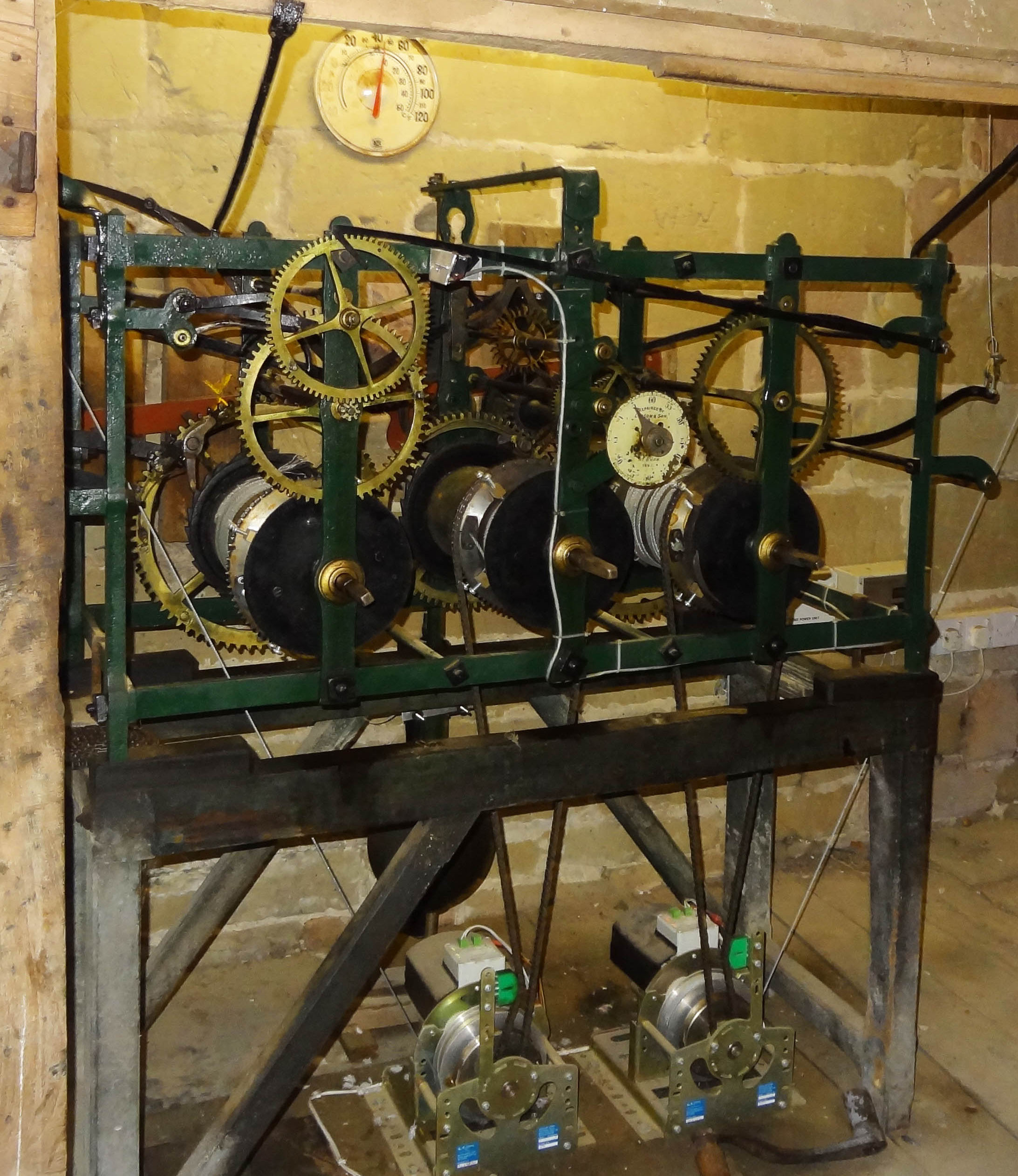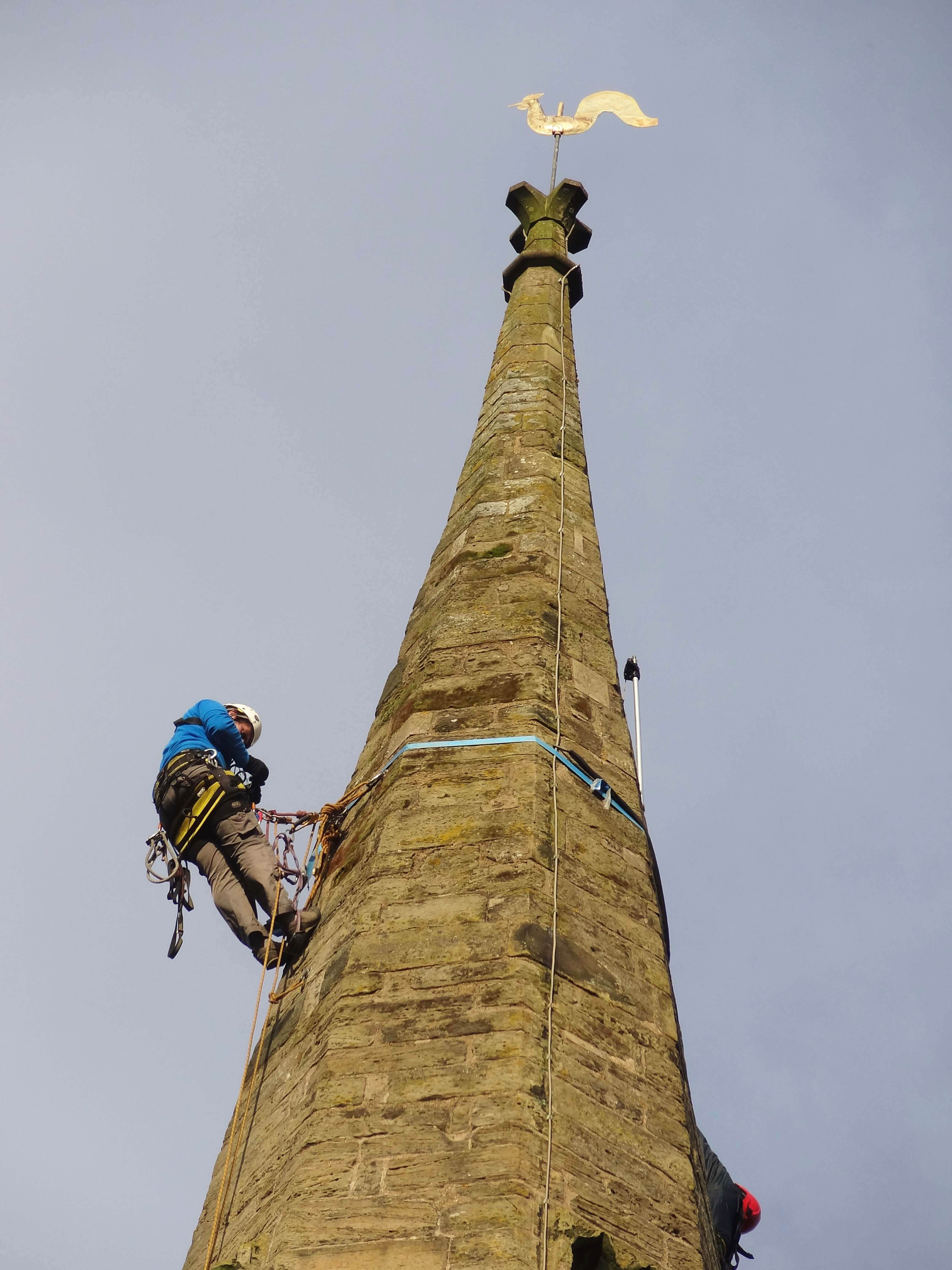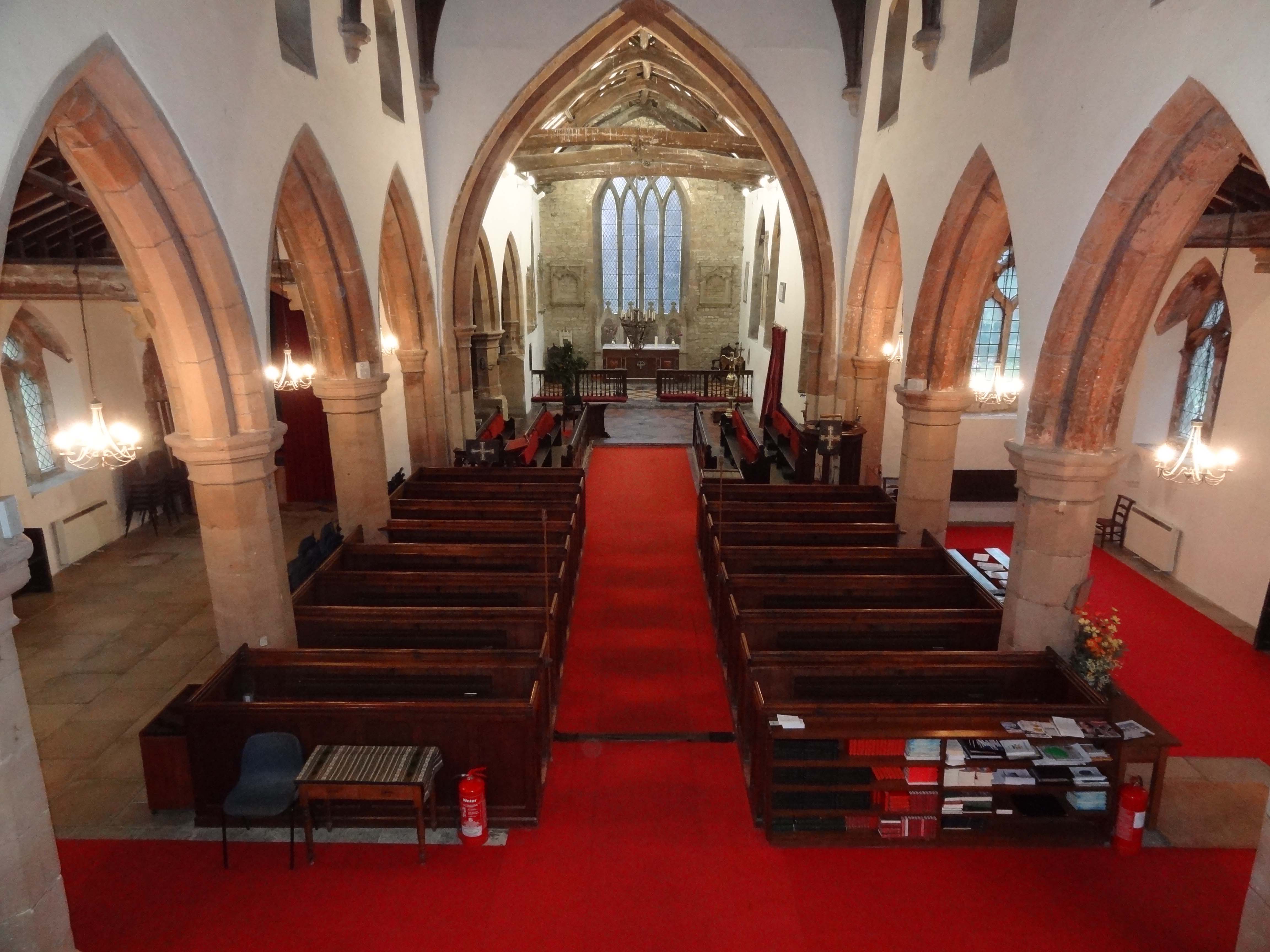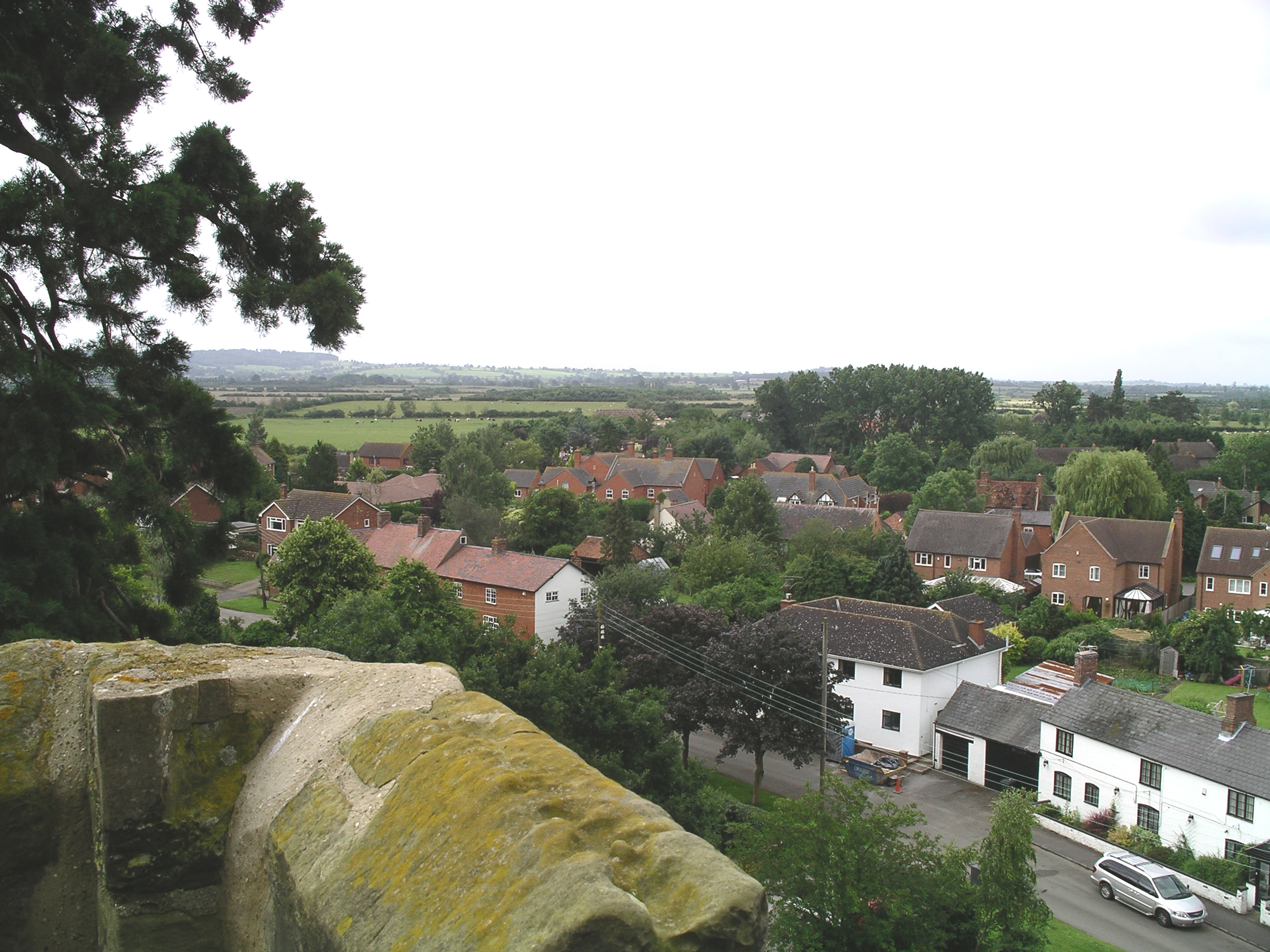St Peter's Church, Grandborough


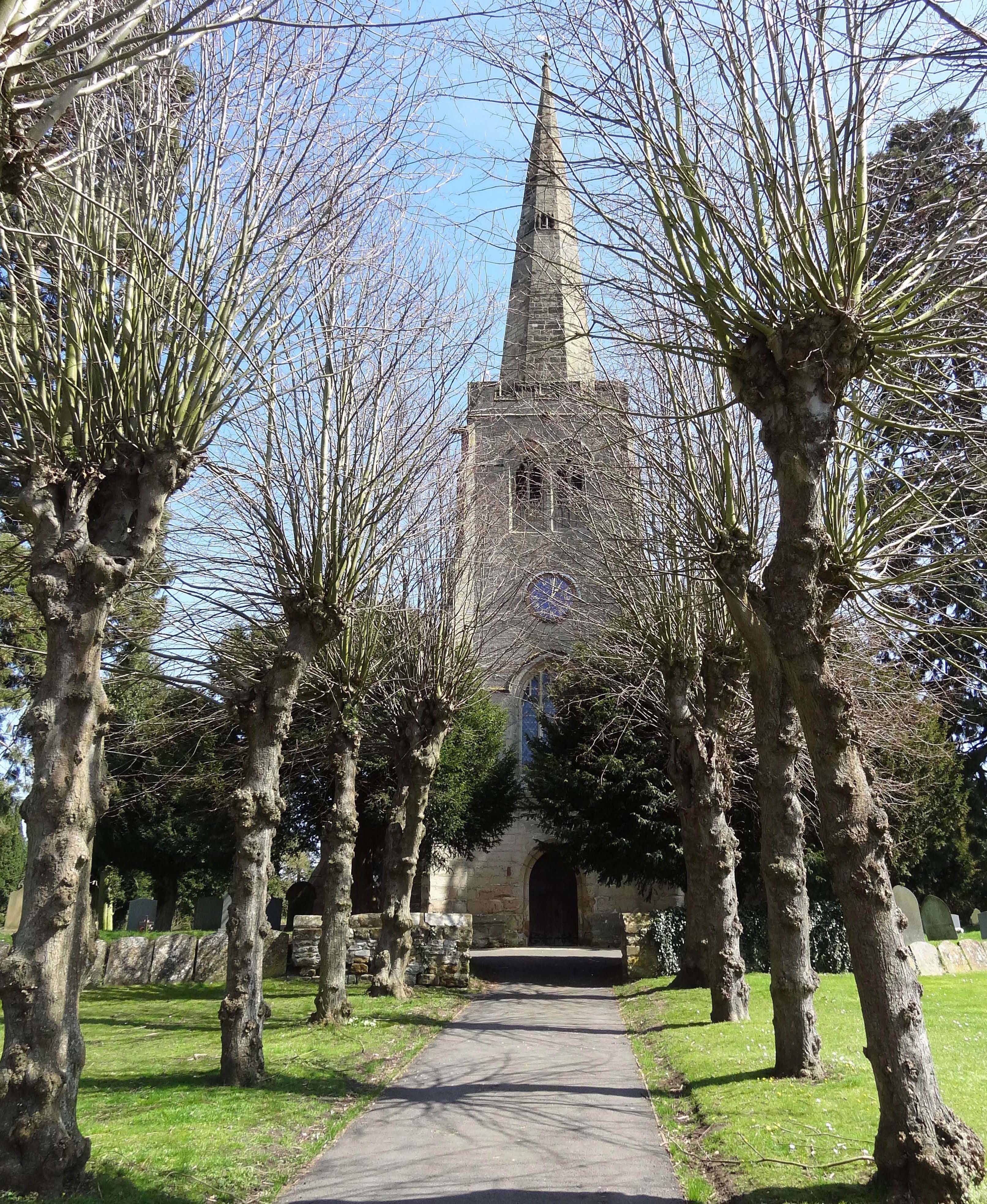
About Us
St Peter’s is a very pretty church, dating back to the 14th century, in the heart of the picturesque village of Grandborough, which is situated in the Leam Valley, off the A45, approximately 5 miles from Dunchurch and 8 miles from Rugby.
The first church in Grandborough may have been a late Saxon chapel, held by Leofric, Earl of Mercia and his legendary wife, “Lady Godiva”. They gave Grandborough and the surrounding land to St Mary’s Benedictine Priory, Coventry.
Robert de Limesey, Bishop of Coventry and Lichfield gave considerable Priory Lands in Grandborough to his daughter Celestria and to her husband Noel, possibly as a dowry before 1100. The church almost certainly went with this and the gift was later ratified by Prior Lawrence to Noel and Celestria’s son Robert, who is said to be the founder of Grandborough Church. Anecdotal evidence suggests that the tomb, which originally stood where the organ is currently positioned, was “the founder’s tomb”, and is now located outside, under the east window of the chancel.
The church was erected mainly in the 14th century and is chiefly in the Decorated style with a little transitional Early English - decorated work. The Feast of St Peter and St Paul was originally held on the same day, 19th June. Before the Reformation the church was dedicated to St Paul but after the Reformation became St Peter's church.
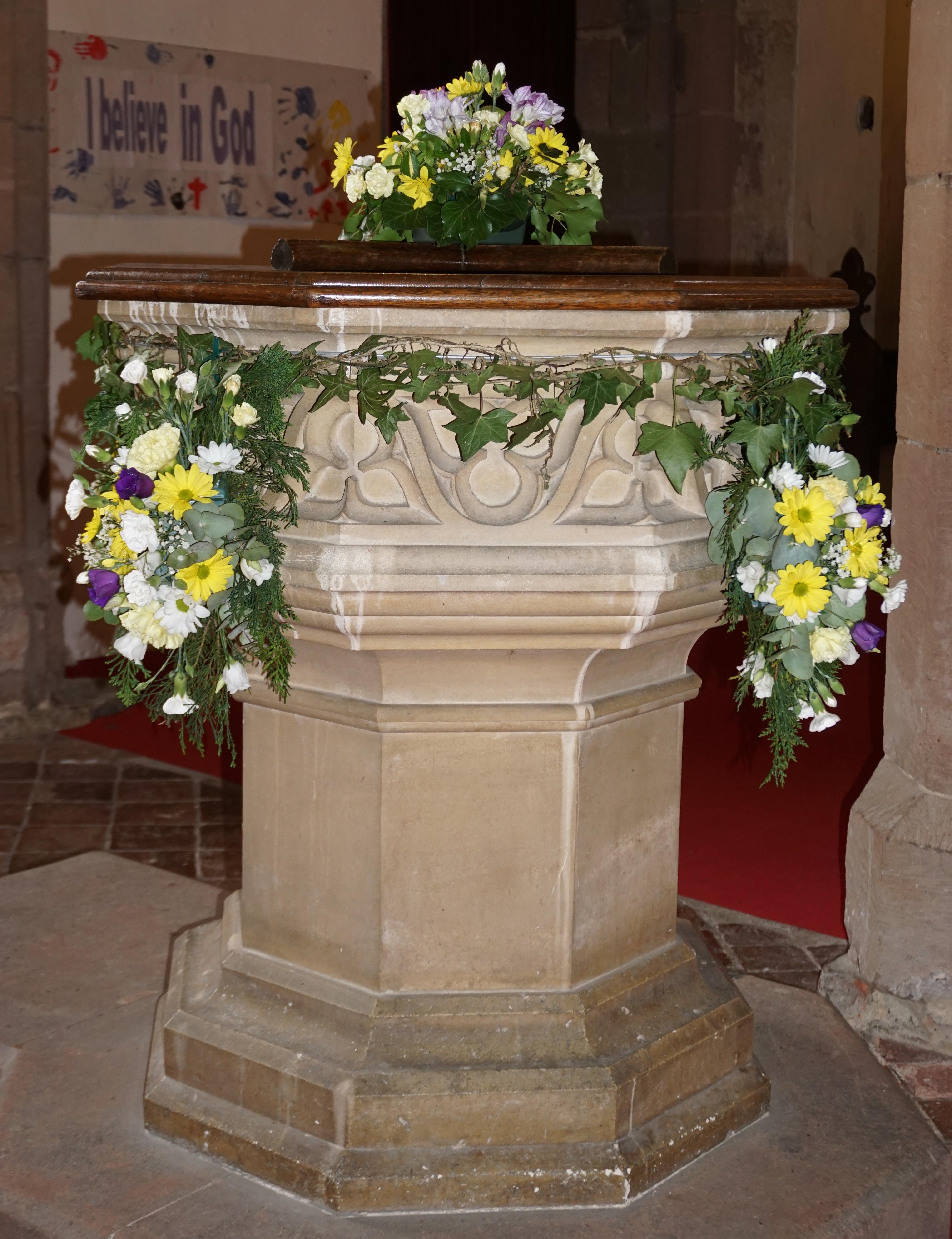
The Font was the gift of a previous vicar, the Rev H Bromfield, and his Churchwardens, G E Robinson and W L Sutton at a cost of £15 and was placed in the church on 25th April 1846.
The Tower was opened out in 1868 when the western gallery was removed. Presumably the BELLS had been rung from this level until then. They are hung for ringing and were last restored in 1810 at a cost of £100.7s.8d but are now in a very poor state of repair and are only chimed by means of Ellacombe apparatus in a cupboard in the tower.
The Bells bear the following Inscriptions:
No. 1 Cantate domino canticum novum 1641 (O sing unto the Lord, a new song - Psalm 149).
No. 2 John Smith in Edgebaston made me 1706.
No. 3 Henry Bagley made me 1641.
No. 4 Christopher Tille, Minister, Mr Philemon Clarke and Mr John Goode, churchwardens 1706.
Joseph Smith made me.
No. 5 By my voice the people may knowe to come to heare the word of God.
Henry Bagley made me 1639.
THE CLOCK The clock is central to the church’s historical and cultural significance given it is a rare and remarkable example of mid-eighteenth-century horological craftsmanship. Its wrought iron “birdcage” frame represents a construction style that predates the widespread adoption of cast iron frames after 1780, making it a rare surviving artifact of its kind.
THE REREDOS Behind the altar at the east end of the chancel in the church stands an ornate English Gothic Revival reredos. Carved from Caen stone and erected in 1849 the reredos measures 2.9 m W x 2.3m H (9’6” x 7’7”) and encloses four ornately painted slate tablets painted with (from left to right) the Lord’s Prayer, the Decalogue and Creed.
The history of St Peter's was revised in February 2014 by Historian, Iain Soden. If you would like to read more about the church click here, St Peter's Story.
In the photos below, you will see 2 people abseiling on the spire who were in fact doing an aerial survey of the stonework. A photo of the mechanism of the clock which has 3 motors, one was away being repaired at that time; the church sanctuary and a view from the tower
